Why do warts grow is a question a dermatologist may often hear from a patient.
These neoplasms often cause not only aesthetic, but also physical discomfort.
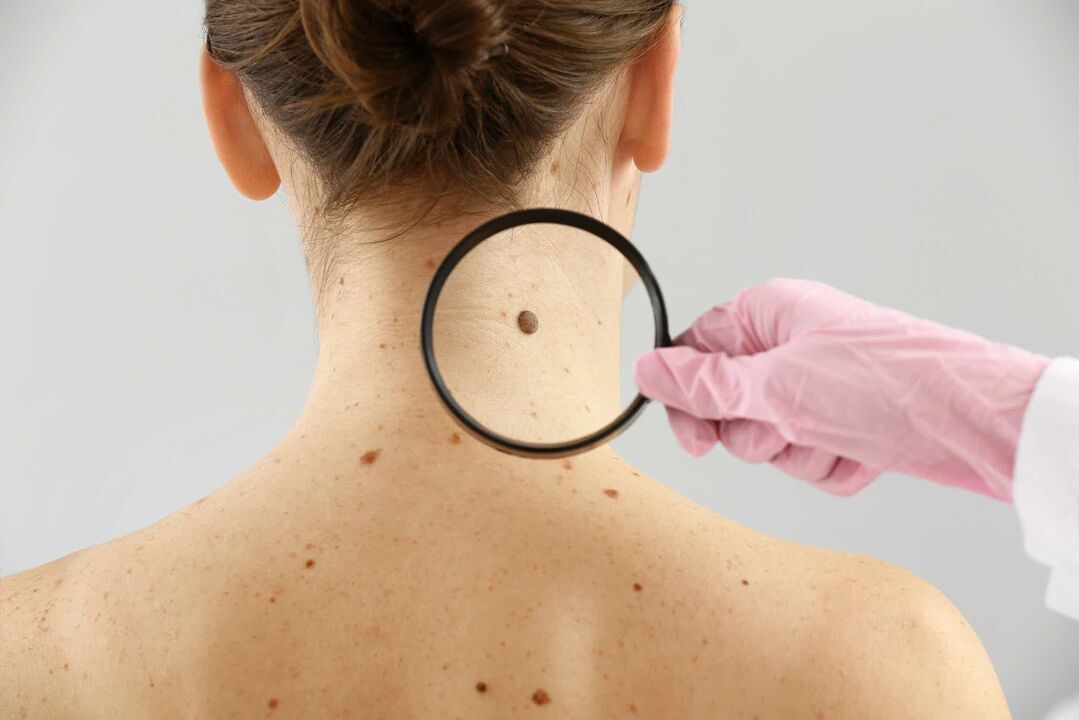
It is therefore no surprise that patients are interested in how to get rid of them.
What are these growths, and why do warts grow on the hands and other parts of the body, patients are often interested.
What provoking factors affect their appearance, and what are the ways to get rid of the pathology?
Warts: what are they
If a person discovers that his wart has started to grow, he unconsciously wonders what it is and where the growth comes from.
Warts are benign skin lesions.
The appearance of a person is caused by infection with the human papillomavirus.
The virus is considered very widespread, suffering from it about 90% of the entire population of the planet.
The peculiarity of the infection is that its symptoms can be absent for a long time.
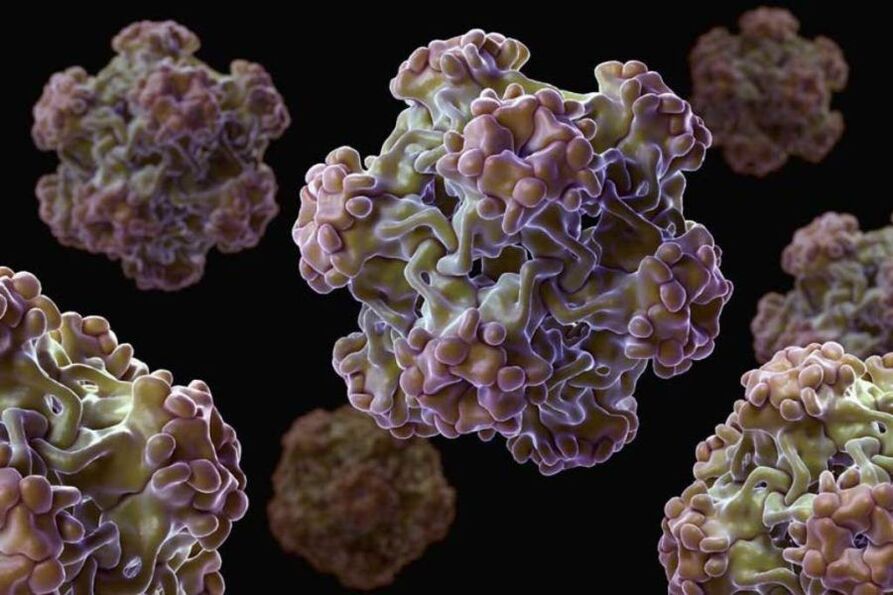
Unless the body is exposed to any negative effects.
As doctors say, getting infected with HPV is very easy today.
There are many ways.
- Sexual contact. Having sex without a condom easily transmits infection from a sick person or carrier to a healthy person. Moreover, even a condom is not always able to protect a person from this viral pathology. Although it isSignificantly reduces the likelihood of infection. It is important to remember that not only classical intercourse is dangerous, but also oral and anal sex.
- Perpendicular path. Another fairly common mode of infection. This is how the virus enters the baby's body from the sick mother's body. The moment it passes through her birth canal. In exceptional cases, implantational infection is also possible. But itsIt requires the fulfillment of special conditions.
- Contact-household method. Human papillomavirus can live on ordinary sponges, towels and linen. Naturally, if a healthy person comes into contact with personal hygiene items of an infected person, infection is possible.
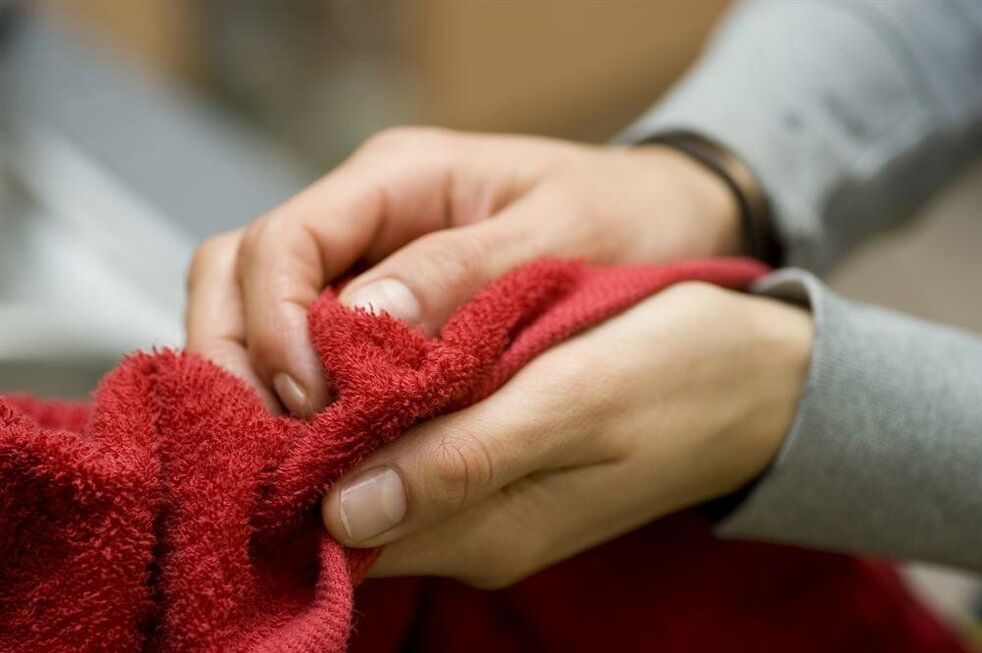
It is important to remember that warts are only one of the manifestations of HPV.
In addition, the virus can make itself felt by the development of papillomas, genital warts and other types of neoplasms.
In addition, some subspecies (strains) of the virus are highly oncogenic.
If not treated in time, it can lead to the development of malignant neoplasms.
types of warts
Regardless of how fast warts grow, doctors distinguish several types of this unpleasant skin formation.
Depending on the type of wart, one can judge its localization as well as the perceived features of removal.
Allocate:
- normal growth, the formation of which most often occurs on the face and hands, and especially often children suffer from them, in most cases several growths appear simultaneously, they are rarely solitary;
- flat neoplasms - another type of pathology that affects the face, neck, arms, often do not differ in color from normal skin tone, which can make them somewhat difficult to detect;
- Warts are formed on the bottom and in their structure resemble the most common corn, which can cause significant discomfort when walking;
- Aging appears in older patients, they are usually smaller in size, but over time they acquire a pronounced tendency to grow, can cause discomfort, as they are often located on closed parts of the body and cause friction. are subject to.
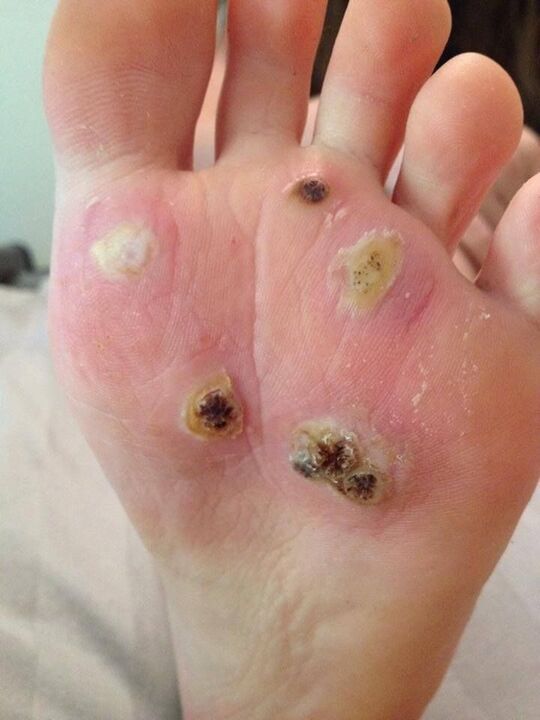
Some people also refer to genital warts as warts, but this is not entirely true, although the nature of the formations is similar.
It is very important to understand what species the identified wart belongs to.
Since this will allow the doctor to choose the optimal removal strategy, as well as the means to prevent recurrence.
due to the presence of warts
Often patients, wondering why warts grow on the body, face and hands, ask their doctors whether the localization of growths somehow depends on their nature.
It is important to understand that the main reason for the appearance is always the same - this is the human papillomavirus active in the body.
If the patient is not sick with HPV, he will never have warts anywhere and never will.
If there is a virus in the body, a neoplasm can appear anywhere.
In some people, the virus does not make itself felt throughout life.
Furthermore, if the immune system is strong enough, the patient may not even be aware that he or she is infected.
Unless a specific study has been done.
If a neoplasm has appeared, it should be understood that infection has already occurred.
Today, alas, it is impossible to get HPV out of your body.
However, with an effort, you can minimize the recurrence of pathology so that the virus no longer reminds of itself.
warts grow on the headMost often due to the fact that there are the most blood vessels.
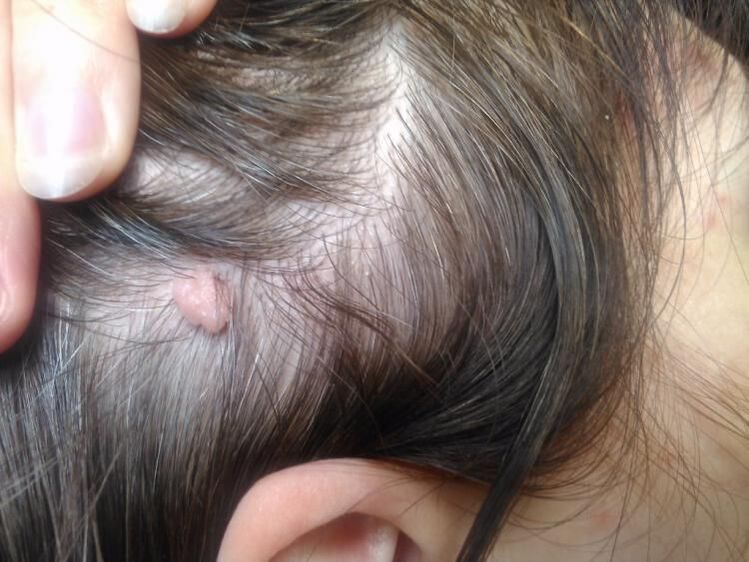
This means that the virus has the easiest way to enter these areas and infect the maximum number of cells.
But why other parts of the body are affected, it is often asked by patients.
Why do warts grow on hands
It is not uncommon for people to ask their doctors why warts grow on their fingers.
There are many reasons.
First of all, as doctors note, this is because the hands are one of the main parts that are constantly exposed to the external environment.
As a result, the easiest way for the virus to enter the body is through the contact-household route.
True, as doctors note, if there are no bruises and bruises on the skin of the hands, the risk of infection is reduced.
But if the patient's skin gets hurt then it becomes very easy to get infected.
For other reasons, they are called:
- constant contact with objects of the external environment in public places (handrails, doorknobs, common objects) that may be infected;
- shaking hands with a person who is sick with HPV and has a characteristic rash or microscopic trauma to the skin of their hands, through which the virus can reach a healthy person;
- excessive dryness of the skin, which contributes to the formation of various microtraumas;
- sweating of the palms, which also negatively affects the protective properties of the skin;
- regular trauma to the skin in the area of \u200b\u200bthe hands (working in industries without gloves, cuts, etc. );
- Ignoring the recommendation to use gloves in cold weather (slowing down blood flow to the hands allows viruses to accumulate and more actively infect healthy cells).

warts in the area of the soles
In many cases, the wart also grows on the foot.
The patient may initially ignore it for a long time or fight back in the same way they usually fight calluses.
But these methods prove to be ineffective.
There are several reasons for the appearance of growths due to HPV in the area of the soles:
- If a person often wears shoes made of unnatural materials, in which the skin sweats a lot and does not allow the foot to breathe normally, the wart hurts and grows;
- The presence of a pathological outgrowth is also possible if the patient walks without shoes in the sauna, bath, swimming pool (since these places are considered public places, the virus can easily enter the environment, and due to high humidityIt is also able to stay in it for a long time);
- Constant wear of rubber boots also negatively affects heat exchange and sweating, which can lead to the development of infection;
- As in the case of the hands, excessive dryness of the skin also plays a role, leading to easier trauma to the skin than usual (for example, due to dryness, heels often crack, and wounds are a good gateway for infection). become);
- Fungal diseases of the feet also contribute to HPV infection, as they reduce local immunity.

Warts began to grow: provoking factors
As already mentioned, human papillomavirus, even if there is an infection, is not manifested in all people.
What if the wart grows and is itchy or painful?
This is a reason to think about the fact that the body was affected by any pathological factors that negatively affected immunity.
Among the reasons for the growth of warts or provoking factors are often called:
- the presence of any type of diabetes mellitus in the event of decompensation;
- being infected with HIV;
- decreased immunity under the influence of factors of an unfavorable environment (for example, being in the cold, unhealthy diet, etc. );
- the period of pregnancy, which is always associated with immunosuppression, otherwise the woman will not be able to bear the fetus;
- the use of drugs with glucocorticosteroid hormones in the composition, which have an immunosuppressive effect;
- Some serious genetic defects can lead to activation of the virus;
- Ignorance of the rules of hygiene can trigger pathological processes in the body;
- Neglect of the principles of protection during sexual intercourse also often leads to infection, and then the development of the disease;
- Exposure to severe stress and overwork in all cases adversely affects the body's immune defenses.
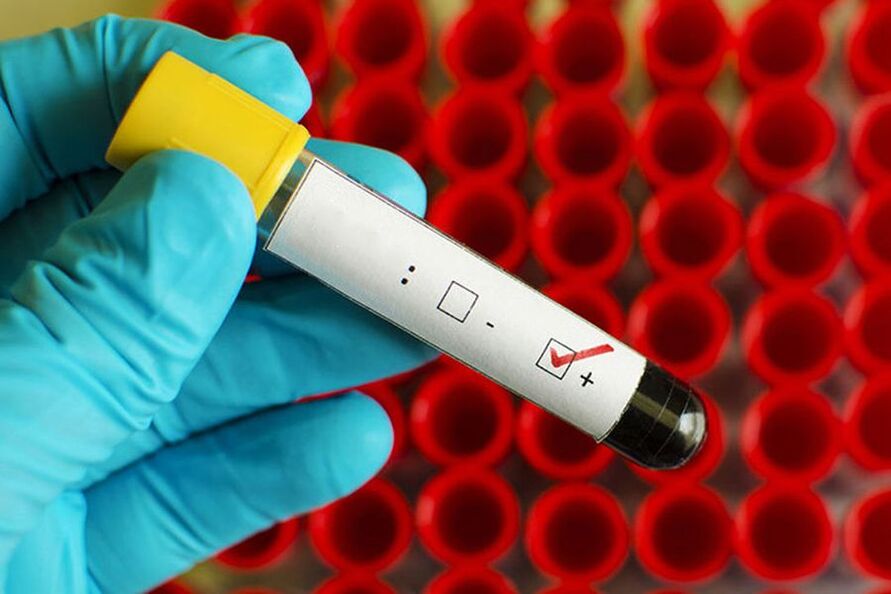
Exposure to one or more of these factors can cause warts to grow in an adult or child.
wart removal methods
What to do if the wart grows, many patients are interested in their attending physicians.
After all, this pathology, although usually not painful, still causes aesthetic discomfort.
especially ifwarts grow on face,
First, a patient with a similar problem is advised to remove the build-up.
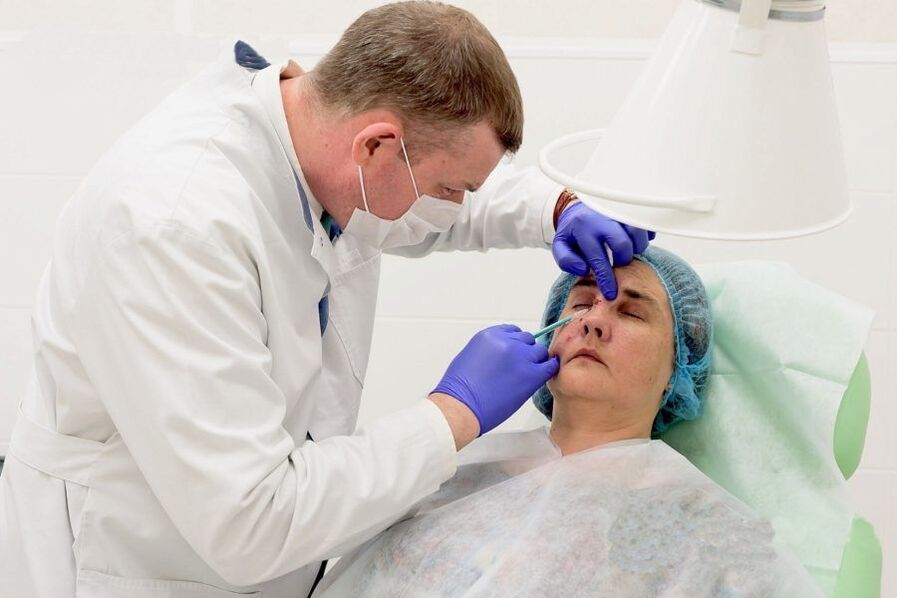
One of the following methods can be selected:
- chemical removal with the help of special drugs, with which the neoplasm is stained until it disappears completely;
- laser removal, which is also based on burning with a directed beam of rays, which causes minimal trauma to the surrounding tissue;
- cryotherapy, in which removal is carried out with the help of nitrogen, which rapidly cools the pathological tissues, leading to their death;
- Electrocoagulation is another popular method in which removal due to the point effect of current is provided;
- Surgical intervention is a technique that is used in exceptional cases if the growth is large or there are contraindications to the use of other methods of intervention.
If the wart grows on the eye or the growth is on any other part of the face, you should definitely consult a doctor.
You cannot fight such a delicately located neoplasm alone.
Because it can lead to serious complications.
After removal, doctors cannot guarantee that warts will no longer appear.
Relapses of pathology are recorded in about 30% of cases.
Also, in some cases, the growth disappears on its own without outside intervention.
Which doctor should you contact if warts grow?
If warts grow on the neckOr on other parts of the body, the patient is interested in which doctor to consult.
First of all, it is worth visiting a dermatologist.
This is the specialist who deals with various skin diseases caused due to viral infections.
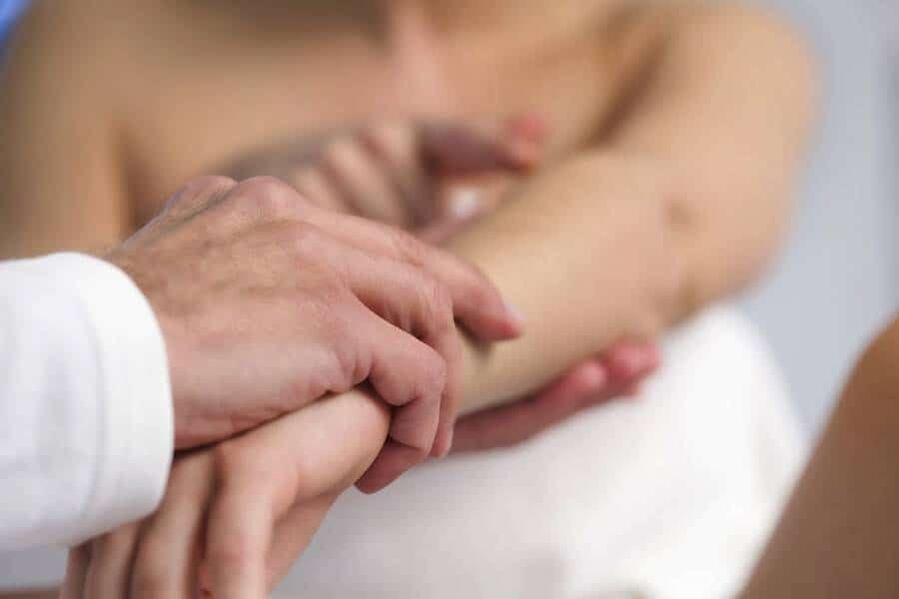
The physician specializes in both dermatology and venereology.
He can also give advice on how to boost immunity to prevent recurrence of the neoplasm.
Warts are unpleasant growths on the skin.
They significantly reduce the aesthetic appeal, especially if they are located in prominent places.
The person suffers especially strongly when the face is affected.
A timely visit to the doctor will help to get rid of the growths formed under the influence of HPV easily.
And following the recommendations will prevent relapse.
If warts appear, consult a dermatologist in a specialized clinic.














































































